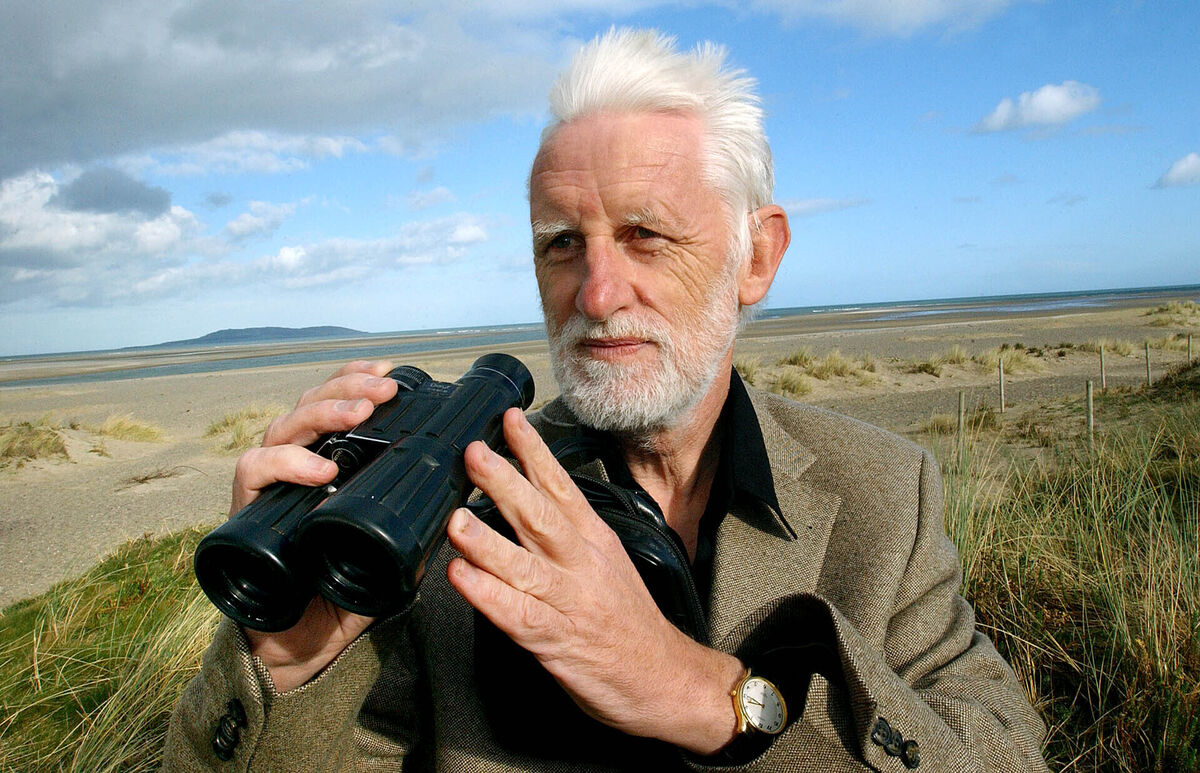Pushed into a corner the lynx survives

A project to reintroduce the Iberian lynx began in 2009.
The lynx is a medium-sized wild cat with a short tail and pointed ear-tufts. Once common throughout Europe, it was in Ireland around 9,000 years’ ago. Hunted to the verge of extinction, isolated populations have managed to survive in mountainous regions and Scandinavian forests.
Attitudes to wild predators changed in the 20th century; hunting was controlled and farmers were compensated for lost livestock. This led to a reprieve for Europe’s largest cat. Numbers have recovered slowly in its former haunts and reintroduction projects commenced in the Alps and the Jura.
The Iberian lynx, a separate species confined to Spain and Portugal, is still endangered. Inbreeding, due to isolation, threatens tigers in Asia and pumas in America. Melting of the Arctic ice-shelf is fragmenting polar bear populations; unable to catch seals, bears starve. How small can their numbers become before extinction is inevitable?

A project to reintroduce the Iberian lynx began in 2009, but how many animals are needed for a restored population to become self-sustaining? How reliable are the predictions of computer models? An experiment in Georgia, USA, the results of which have just been published, offers tentative answers.
The Eurasian lynx’s American cousin is known as the “bobcat”; the “bobbed” tail gives the species its name. About 2.6m years ago, the cat’s Asian ancestors crossed to Alaska over a land-bridge where the Bering Strait is today. Their descendants went on to develop American solutions to American problems, evolving into a separate species in the process. Unlike their Old World lynx relatives, bobcats aren’t considered threatened.
In 1989, Duane Diefenbach began studying survival and reproduction in a closed population. He captured 32 bobcats and released them onto Cumberland Island off the Georgian coast. The 146sq km landmass, 28km long, is famous for the feral horses which roam it. Being too far out, the cats can’t swim ashore, nor can mainland ones cross over. One adventurous individual tried to do so but is thought to have drowned. Bobcats once lived on the island but were exterminated over a century ago. There are rabbits deer feral-pigs grey squirrels and rats for the cats to hunt.
Blood was taken from each study animal before release. Retained frozen, the samples have provided a DNA baseline for research ever since. Samples of bobcat poo have been collected and subjected to genetic analysis. The animals have been monitored for over 30 years and comparisons made with those on an island off South Carolina.
Twenty-four descendants of the introduced bobcats are alive on Cumberland today. Comparing their DNA with that of the introduced forebears, the researchers estimate that genetic diversity has fallen by about 15% over the years. This decline will continue and so will the survival prospects of the bobcat group. By 2040, the risk of extinction will be 20% greater than it is now, unless further animals are introduced to increase biodiversity.
These research findings have implications for reintroduction projects elsewhere and for the survival of isolated carnivore populations generally. Importantly, the results correlate closely with computer predictions. Digital modelling techniques have been vindicated.
- CM Miller-Butterworth et al. Demographic changes and loss of genetic diversity in two insular populations of bobcats. Global Ecology and Conservation. 2021.
CONNECT WITH US TODAY
Be the first to know the latest news and updates









